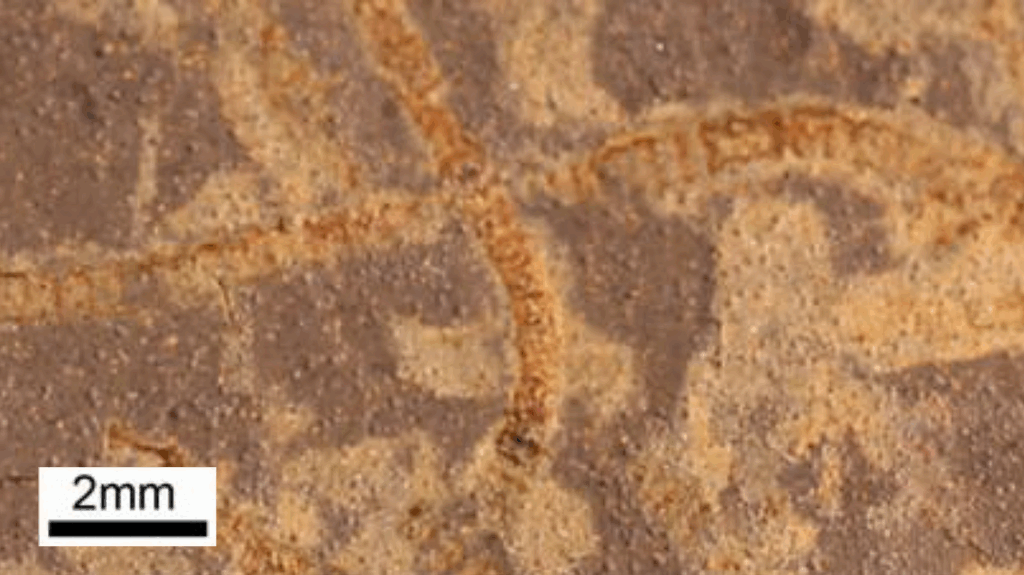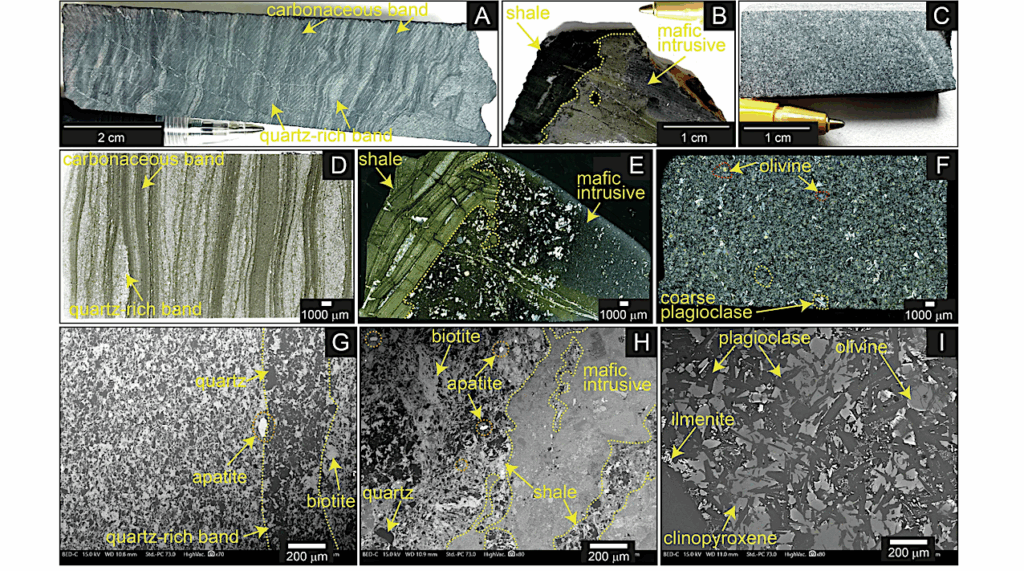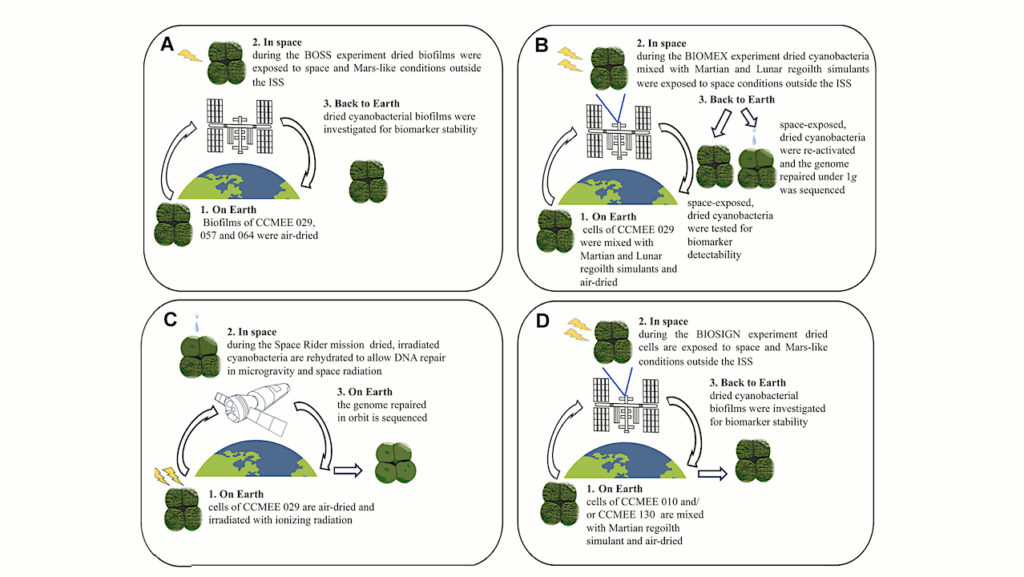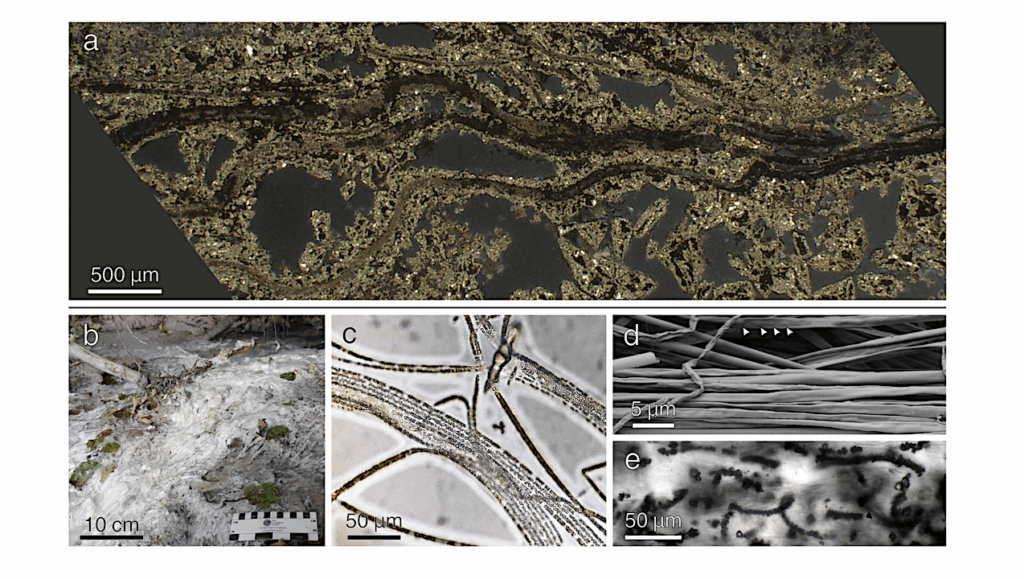The Complex Molecules Detector (CMOLD)

Organic chemistry is ubiquitous in the Solar System, and both Mars and a number of icy satellites of the outer Solar System show substantial promise for having hosted or hosting life.
Here, we propose a novel astrobiologically focused instrument suite that could be included as scientific payload in future missions to Mars or the icy moons: the Complex Molecules Detector, or CMOLD. CMOLD is devoted to determining different levels of prebiotic/biotic chemical and structural targets following a chemically general approach (i.e., valid for both terrestrial and nonterrestrial life), as well as their compatibility with terrestrial life.
CMOLD is based on a microfluidic block that distributes a liquid suspension sample to three instruments by using complementary technologies: (1) novel microscopic techniques for identifying ultrastructures and cell-like morphologies, (2) Raman spectroscopy for detecting universal intramolecular complexity that leads to biochemical functionality, and (3) bioaffinity-based systems (including antibodies and aptamers as capture probes) for finding life-related and nonlife-related molecular structures.
We highlight our current developments to make this type of instruments flight-ready for upcoming Mars missions: the Raman spectrometer included in the science payload of the ESAs Rosalind Franklin rover (Raman Laser Spectrometer instrument) to be launched in 2022, and the biomarker detector that was included as payload in the NASA Icebreaker lander mission proposal (SOLID instrument). CMOLD is a robust solution that builds on the combination of three complementary, existing techniques to cover a wide spectrum of targets in the search for (bio)chemical complexity in the Solar System.

Left: Baseline wide-field optical microscope with phase-contrast capability. In the dashed box, details on eventual implementation with DMD for the illumination section to project arbitrary patterns on the sample and improve the resolution. Right: Example of a DIHM system consisting of a laser source (central wavelength at 450 nm) whose beam is focused by a microscope objective (20 × ) in a 2 μm diameter pinhole (used for spatial filtering purpose). The sample under test is placed after the pinhole. The laser beam undergoes a phase shift when reflected by the presence of eventual particles within the sample, creating a reference beam. All the beams interfere and create a holographic pattern that is detected by a CMOS detector. This pattern can be processed to detect location, sizes, and number of particles, among other parameters. DMD, digital micro-mirror device. Color images are available online. — Astrobiology via PubMed

Top left: Laser head unit of the Raman spectrometer (based on the RLS instrument onboard ESA’s Rosalind Franklin mission). Top right: Optical head of the Raman spectrometer. Bottom: Raman spectrometer designed at INTA-CAB for the ESA’s Rosalind Franklin mission. RLS, Raman Laser Spectrometer. Color images are available online. — Astrobiology via PubMed

Top: SOLID V3.1 showing the single extraction cell SPU and the SAU with LDChip in a field campaign. Bottom: Schematic representation of the FSI protocol, combining the Ab- and Ap-based sandwich assay (top panel) and the Ap-based direct assay (medium panel) to detect the presence of biopolymers and low MW biomolecules, respectively. Spots on the biosensor microarray contain the capturing probes (Abs or Aps, depicted in gray). For analysis in the sandwich format, first a liquid suspension extract of the sample is incubated with the microarray for 1 h at 37°C, and thus the capturing probes printed in the spots bind to the target molecules present in the sample (green). After incubation and washing (to discard the unspecific interactions), the microarray is flooded with fluorescently labeled Abs and/or Aps that specifically bind to epitopes of the polymeric targets already captured by the spotted probes, thus forming a sandwich. In turn, the direct assay relies on the specific interaction of the (previously labeled) low MW biomolecules (including monomers of the interrogated biopolymers) with Aps printed in the corresponding spots of the microarray. Fluorescence is excited with a laser (bottom panel), and spots that contain the detected targets are identified by a bright signal in a CCD image. SI provides the highest level of specificity and sensitivity for the biomolecules used as biomarkers of Earth-like life. Based on test analyses with natural samples, we estimate a precision better than 10% and accuracy better than 15% for the detection of large organic molecules with such a sandwich immunoassay (Rivas et al., 2008), and similar values are expected for the direct assay. Functionally, the limit of detection for each biomolecule corresponds to a fluorescent signal that is two times (2 × background standard deviation) above the background signal. Ab, antibody; Ap, aptamer; CCD, charge-coupled device; FSI, Fluorescence Sandwich Immunoassay; MW, molecular weight; SAU, Sample Analysis Unit; SPU, Sample Processing Unit. Color images are available online. — Astrobiology via PubMed
The Complex Molecules Detector (CMOLD): A Fluidic-Based Instrument Suite to Search for (Bio)chemical Complexity on Mars and Icy Moons, Astrobiology via PubMed (open access)
Astrobiology. September 2020; 20(9): 1076–1096. Published online 2020 Sep 15. doi: 10.1089/ast.2019.2167
Astrobiology








